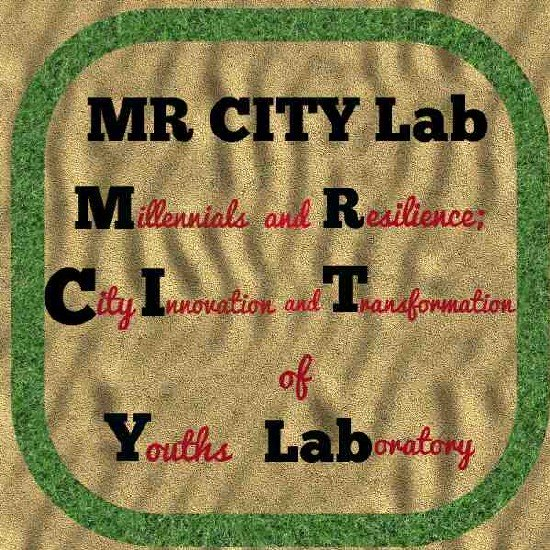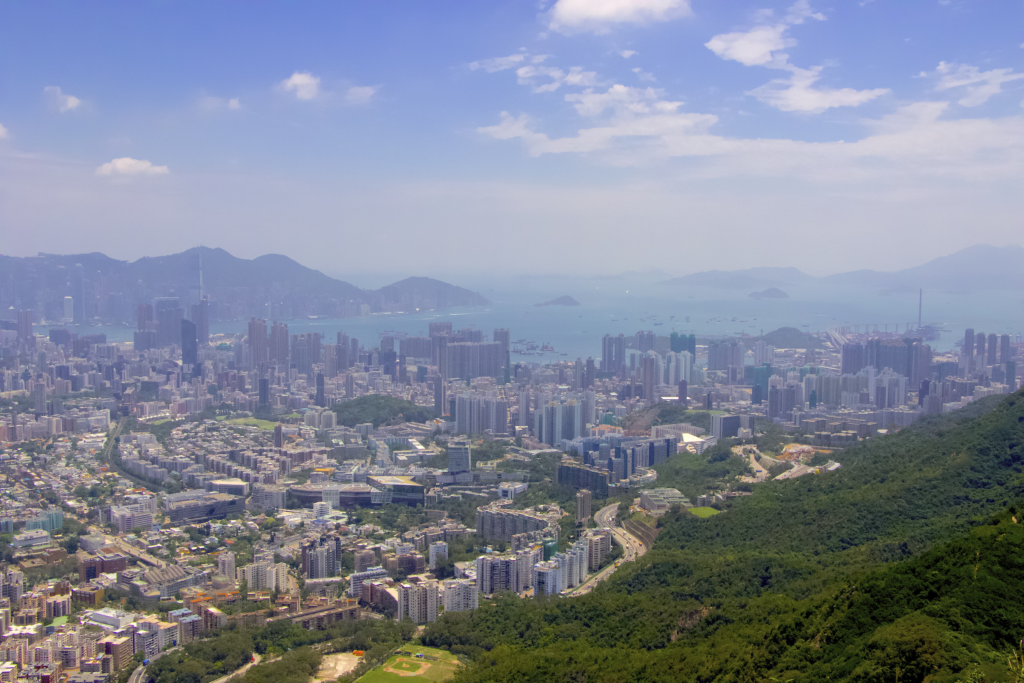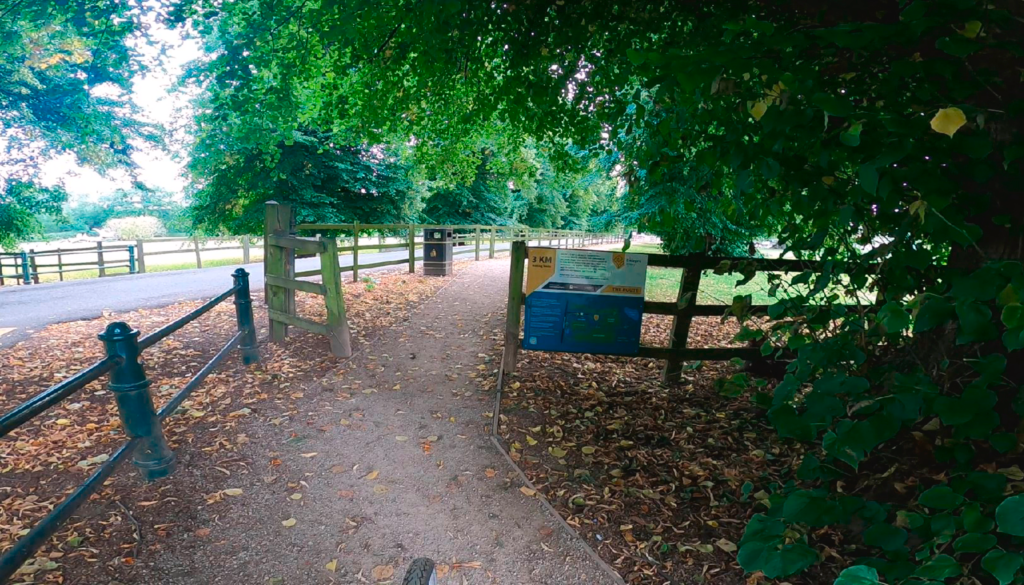City Know-hows

Target audience
Policy-makers, academics, urban planners, environmentalists, traditional title holders, local and international development partners, NGOs and residents.
The problem
Kano is a city with a historic importance attached to the Hausa native trees. Interestingly, some neighbourhoods in Kano actually received their names from native trees. Regrettably, urbanization has seen many of these native trees severely depleted with others disappearing completely from the neighbourhoods that are named after them. It is reported that young people from such neighbourhoods cannot even identify or name such trees at sight, because they don’t know them.
What we did and why
The project restored 17 different native tree species by planting a total of 61 native trees in all the locations where a depleted native tree was though to have stood (neighbourhoods, open spaces, public schools etc.) in order to recreate the historic biophilia of urban Kano. Geographical coordinates of each of the restored trees were taken using hand-held GPS device as a way of tracking the precise location of each restored tree.
Our study’s contribution
This was the first attempt at using innovative lab in Africa to incubate ideas by assembling academics, experts, students and communities to co-design solutions on how to successfully restore some of the depleted native trees in Kano. The findings also highlight the importance of sex-based inclusion in the project, and nature-based solutions in urban ecosystem restoration and sustainability.
Impacts for city policy and practice
Our study findings suggests that the success of project, especially its implementation, cannot be fully and effectively achieved without the inclusion of all stakeholders in the design and policy-decision process.
Further information
See MR CITY LAB. For Millennials to restore urban biodiversity in Kano city through planting of local tree species. Tweeting at @MR CITY LAB
Full research article:
Aliyu Salisu Barau, Kamil Muhammad Kafi, Abubakar Bawa Sodangi & Suleiman Gambo Usman (2020) Recreating African biophilic urbanism: the roles of millennials, native trees, and innovation labs in Nigeria, Cities & Health.
Related posts

Our study introduces and reviews how the built environment and its relation to population health are assessed in the literature. We did this by identifying methodological shortcomings and research potentials that need to be addressed jointly. Our assessment aims to undertake multiple health issues in an integrated manner, and identify priorities within the city whereby health is a primary goal.

Public spaces in universities target skateboarding through hostile architecture and security. Hostile designs exclude skateboarding as a novel form of physical activity. Maybe ‘just’ urban design guidelines can produce more inclusive and diverse public campus spaces.

Wayfinding interventions offer a viable, low-cost, intervention to increase recreational walking in urban greenspaces for irregular users, older adults and those with mobility impairments.